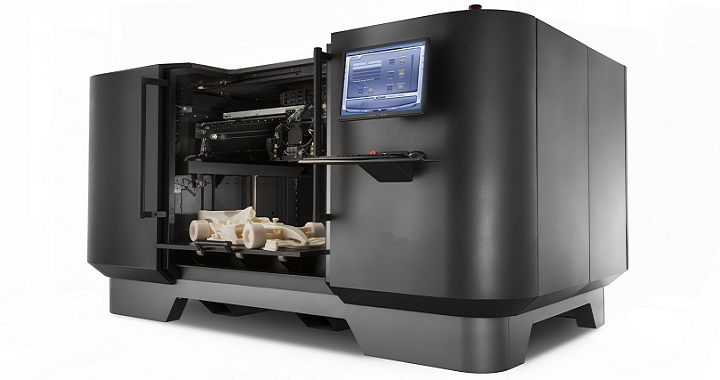Before we get into the detail of the article, I really want to thank the team here for letting me post here with them. It means a lot to be able to get something published for my themoneyguy.co.uk at great site like this.
While 3D printing is not exactly mainstream, it is moving in that direction. The technique is being used to make everything from necklaces to full-sized houses.
The printers are falling in price as they come off patent — it is possible to buy one now for less than £1,000 — and the technology is advancing so that a wider variety of materials can be used to print, from ceramic to titanium. There are 3D printing cafés where you can print out your own designs — Makers Café opened last month in Shoreditch, east London. Small printers are even making their way on to the birthday wish lists of tech-savvy ten-year-olds.
Reference: Mens Fashion and Style Blog
Nowhere though is the advance of 3D technology more evident than in our homes. The technology has been embraced by interior designers and homeware creators alike. Juan Camilo Mogollon, a designer with the British design co-operative, In-Spaces, which has just launched a collection of 3D printed homewares and jewellery, says: “The world is changing and we are all trying to keep up with the most advanced methods.”
One of the most renowned 3D creators is Belgian designer Peter Donders, who is adept at using the technology to create a variety of objects. Donders explains that he uses 3D printing in two ways: his Shelly chair is printed, full-sized, in plastic-embedded ceramic, while the Batoidea furniture collection is cast in aluminium that is poured into a 3D-printed sand-mould.
“There is no limit to the possibilities, it is endless, not only for the materials but the shapes — you can make the most complex shapes. The main problems are the volume and size — you have to make small series and limited editions so it is expensive at the moment,” he says.
Shelly is a limited edition of 12 chairs, each priced at €28,000 (£22,386) . Batoidea has a limited print run of 12 chairs (€15,000) and stools (€3,800).
The London-based design studio StudioIntegrate created an “army” of more than 500 3D-printed vases, which have been shown at the London Design Festival. The vases, called GeMo, are printed in a variety of different materials, including stainless steel, resin, ceramic and nylon.
The vases, which each vary very slightly in design, are being sold on the Kickstarter crowd-funding platform for £28 to £5,000. The StudioIntegrate co-founders, Mehran Gharleghi and Amin Sadeghy, say: “3D printing is democratising fabrication. There is no need to send anything to China. We can design it and print it here.”
However, Gharleghi says that one of the key applications has been the use of 3D technology to make bespoke designs for wealthy clients. StudioIntegrate recently designed and made a set of door handles for a client. “It would usually take six weeks to get a bespoke door handle made. We designed it and printed them in about one and a half weeks.”
There is also the advantage that clients can see prototypes printed in their homes and tweaks can be made to the designs on the computer screen with immediate results, explains Donders.
The days when we can all print our own door handles may be a little way off, but Paul Sohi, the founder of 3D design and print company 2052, told a recent Pinterest workshop — which has its own special-interest 3D printing interior design group — that he does not think it will remain so for long. He envisaged a day when there would be a platform rather like iTunes, from which we will pay to download 3D design files to our own home printers to make everything from bespoke homewares to spare parts for our washing machines.
This post was contributed by the Cycling Blog who is a regular poster both here on their own blog. You can catch them on twitter, facebook or even their very popular youtube channel.










![Watch Video Now on xiaohongshu.com [以色列Elevatione perfectio X美容仪 perfectio X 全新仪器黑科技了解下]](https://www.techburgeon.com/wp-content/uploads/2019/07/perfectiox-singapore-150x150.jpg)
